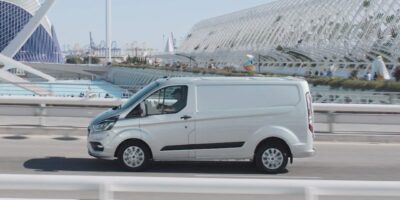The Royal Society for the Prevention of Accidents (RoSPA) welcomes calls by the House of Commons Transport Select Committee to increase the numbers of emergency refuges on all-lane-running smart motorways.
All-lane running smart motorways use the hard shoulder as a permanent ‘live’ running lane for traffic. These motorways have broken white lines, with the former hard shoulder lane only being closed in an emergency.
Between 2015 and 2019, 39 people died on UK smart motorways where there is no hard shoulder or the hard shoulder can be used as a running lane, according to figures from National Highways.
Rebecca Needham, Road Safety Officer at RoSPA, said: “One of the most hazardous aspects of the UK smart motorway network is the removal of the hard shoulder. This is because it limits the options of a driver that needs to exit live traffic if they get into difficultly. Statistics show that on all-lane running motorways, around 40 per cent of breakdowns occur in a live traffic lane.”
On all-lane running motorways the emergency refuges are spaced at up to 1.6 miles apart. This is the standard for all new Smart Motorway schemes from 2013 onwards.
Rebecca continued: “RoSPA is deeply concerned by the spacing of emergency refuge areas on all lane-running smart motorways. Currently, emergency refuges are spaced more than a mile and half apart, meaning that some drivers who break down may be forced to stop in a running lane because they cannot reach the emergency refuge.”
“We support the calls of the Transport Select Committee to retrofit emergency refuge areas to existing all-lane running motorways to make them a maximum of 1,500 metres apart, decreasing to every 1,000 metres where physically possible.”
*Article Source www.agilitypr.delivery








